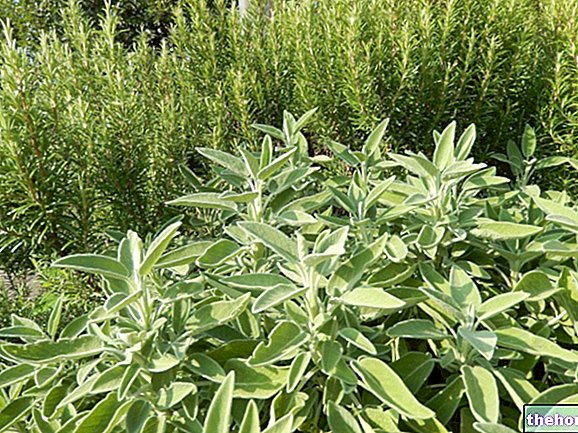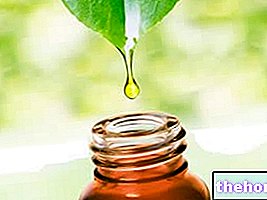
Scientific name
Eucalyptus globulus
Family
Myrtaceae
Origin
Australia
Parts Used
Drug provided by the leaves
Chemical constituents
- Essential oil particularly rich in eucalyptol (or 1,8-cineole);
- Terpenes (pinene, camphene, phellandrene);
- Terpene alcohols;
- Sesquiterpenes;
- Aldehydes;
- Polyphenols (gallic acid, ferulic acid, gentisic acid);
- Flavonoids (rutoside, hyperoside);
- Tannins.
Eucalyptus in Herbal Medicine: Properties of Eucalyptus
Eucalyptus is used for its balsamic activity, fluidifying the catarrhal secretions of the respiratory system and sedative of coughs.
Eucalyptus essential oil is present in many registered pharmaceutical specialties, in the form of suppositories, syrups, balsamic ointments and nasal drops.
However, the aerosol can be irritating and recent work shows that essential oils at high concentrations can reduce the ciliary activity of cells in the respiratory mucosa not protected by mucus in vitro.
In cosmetics, eucalyptus is considered useful in the presence of oily and acne-prone skin; due to its antiseptic and refreshing properties, it is often included in the formulation of hair care products together with nettle, thyme, rosemary and lavender (for more information about the uses of " eucalyptus in the cosmetic industry, we recommend reading the dedicated article "Eucalyptus essential oil in cosmetics").























-nelle-carni-di-maiale.jpg)




